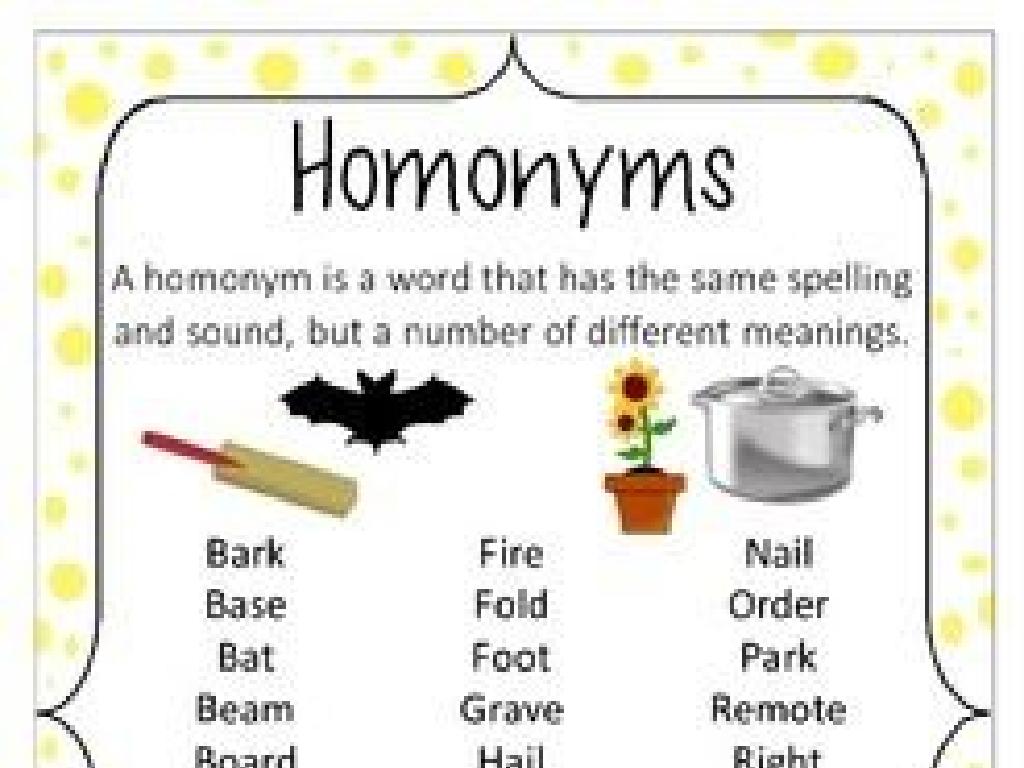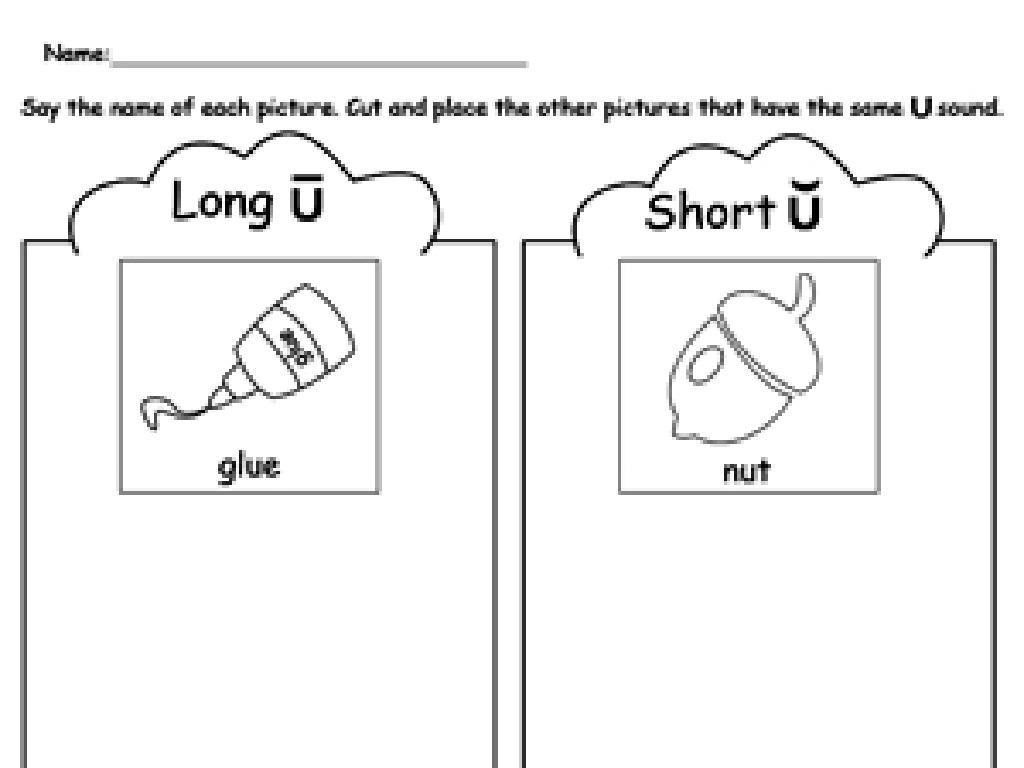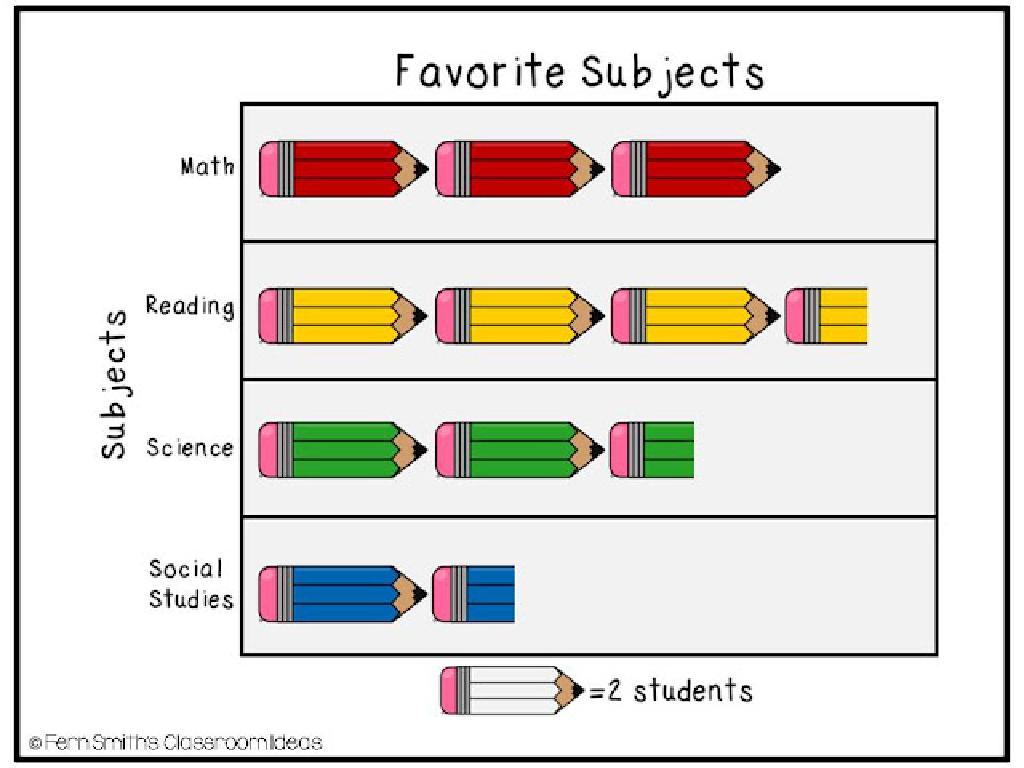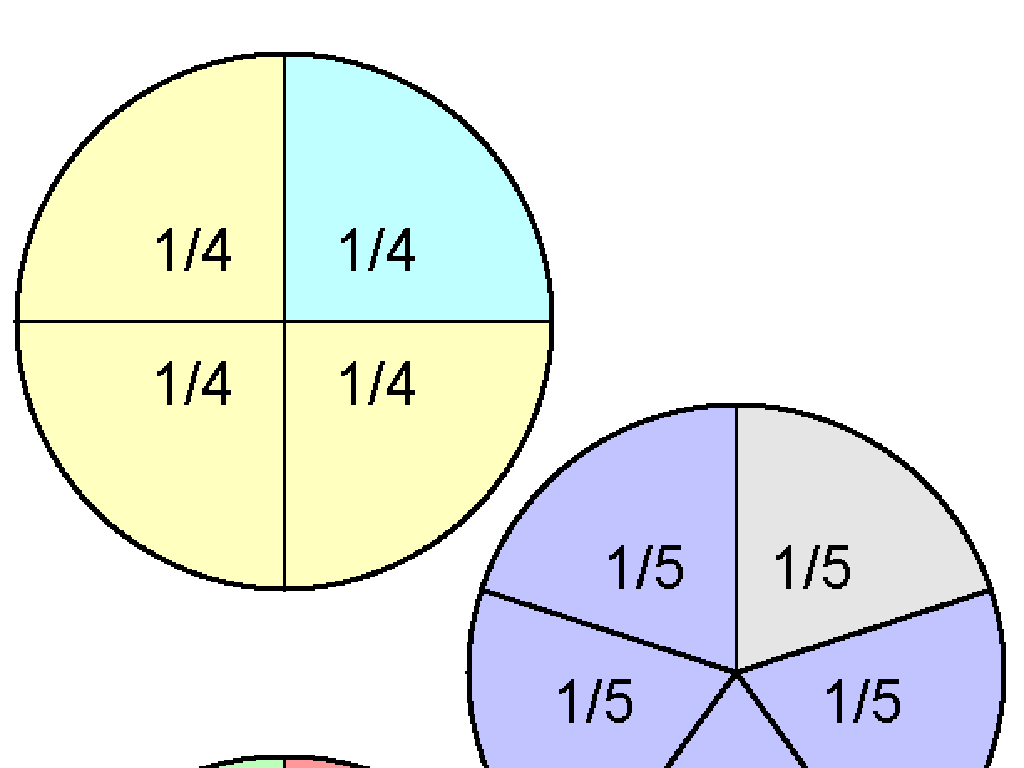Balance Addition Equations - Up To Two Digits
Subject: Math
Grade: Second grade
Topic: Addition: Two Digits
Please LOG IN to download the presentation. Access is available to registered users only.
View More Content
Welcome to Addition!
– Greetings, young mathematicians!
– Quick review: What is addition?
– Addition combines two numbers into a larger one
– Today’s focus: Balancing equations
– Equations with equal sums on both sides
– Understanding two-digit addition
– Adding numbers between 10 and 99
|
Begin the class with a warm welcome to set a positive tone for the lesson. Quickly review the concept of addition as combining two or more numbers to make a new total, ensuring that students recall the basics. Introduce the day’s lesson on balancing addition equations, emphasizing that both sides of the equation must be equal. Explain that we will focus on equations involving two-digit numbers, which are numbers between 10 and 99. Use examples to show how to balance equations and encourage students to think of each side of the equation as a balanced scale that must have the same value. Prepare to demonstrate several examples and have students practice with hands-on activities.
Understanding Equations: Balance in Math
– What is an equation?
– An equation is a math sentence showing two equal sides.
– Equations as balance scales
– Imagine a scale with weights; both sides should level out.
– Both sides must be equal
– If one side has a number, the other side needs the same total.
– Solving balanced equations
– Use addition to find the missing number that balances the equation.
|
This slide introduces the concept of equations to second-grade students by comparing them to a balance scale, which they may be familiar with. Emphasize that an equation is like a sentence in math that tells us two things are the same. Use real-life examples such as balancing toys or a seesaw to illustrate the concept of equality in equations. Demonstrate with simple addition problems and show how changing one side of the equation requires a change on the other side to keep it balanced. Encourage students to think of equations as puzzles where they need to find the missing piece to make both sides equal.
Addition Review: Adding Two-Digit Numbers
– Review adding two-digit numbers
– Align numbers by place value
– Ones under ones, tens under tens
– Example: 34 + 21
– 34 + 21 becomes 30 + 20 and 4 + 1
– Practice with class activity
– Use blocks or drawings to visualize
|
Begin with a quick recap of addition involving two-digit numbers, emphasizing the importance of aligning numbers by their place values (ones under ones, tens under tens) to avoid confusion. Use the example 34 + 21 to demonstrate this concept on the board. Break it down into adding tens (30 + 20) and then ones (4 + 1), which helps simplify the process for the students. After explaining, engage the class with a hands-on activity where they can use blocks or drawings to visualize and solve addition problems. This will reinforce their understanding and make the learning process interactive and fun.
Creating Balanced Equations
– Understanding equation balance
– Both sides of the equation have the same value
– Examples of balanced equations
– 30 + 15 = 45, 22 + 33 = 55
– Practice with a sample equation
– Let’s check if 45 + 23 equals 68 together
|
This slide introduces the concept of balanced equations to second-grade students. Begin by explaining that an equation is like a seesaw; it’s balanced when both sides are equal. Show simple examples of balanced equations using two-digit numbers. For the practice example, work through the equation 45 + 23 = 68 step by step with the class to determine if it’s balanced. Encourage students to use mental math or paper and pencil to add the numbers. This exercise will help them understand the importance of both sides of the equation being equal and will prepare them for more complex problems.
Finding the Missing Number in Addition
– Understand missing numbers
– Example: 42 + __ = 67
– What number added to 42 makes 67?
– Steps to find the missing number
– Subtract the known number from the total
– Solve it as a class
– We’ll work through the example together
|
This slide is aimed at teaching second graders how to find a missing number in an addition equation. Start by explaining that a missing number is like a puzzle piece that completes the equation. Use the example provided to illustrate the concept. Guide the students through the process of finding the missing number by subtracting the known number from the total. For the example 42 + __ = 67, explain that if we take 42 away from 67, we find the missing number. Encourage the students to solve the equation together as a class, fostering a collaborative learning environment. Provide additional similar examples for practice and ensure that each student is able to follow along and understand the process.
Let’s Practice Balancing Equations!
– Balance equation: 30 + __ = 55
– What number plus 30 equals 55?
– Balance equation: __ + 26 = 74
– What number plus 26 equals 74?
– Find the missing number
– Understand equal sides
|
This slide is designed for a class activity where students practice balancing addition equations with two-digit numbers. For the first example, guide the students to understand that they need to find a number that, when added to 30, equals 55. This can be done by subtracting 30 from 55. For the second example, they need to find a number that, when added to 26, equals 74. Encourage students to use subtraction to find the missing number. Reinforce the concept that both sides of the equation must be equal. Possible activities include using manipulatives like counters or number lines to visually represent the equations, pairing students to solve equations together, or creating a game where they race to balance equations.
Group Activity: Equation Builders
– Pair up and get your kits
– Create balanced equations together
– Use blocks or cards to visualize adding numbers up to two digits
– Share your equations with everyone
– Explain how you made the equation balance
– Have fun learning with friends
|
This group activity is designed to encourage collaboration and hands-on learning. By working in pairs, students can discuss and explore the concept of balanced equations using physical tools like blocks or cards from their Equation Builder Kits. The goal is for each pair to create several equations where both sides equal the same amount, demonstrating their understanding of addition up to two digits. After constructing their equations, pairs will present their findings to the class, explaining their thought process and how they achieved balance. This will help reinforce their learning and provide an opportunity for peer feedback. As a teacher, circulate the room to offer guidance and ensure each pair understands the objective. Possible variations of the activity could include using different numbers, incorporating subtraction to balance equations, or challenging students to find multiple ways to balance the same equation.
Class Activity: Balance the Scale
– Use objects to balance the scale
– Work in pairs to present your scale
– Discuss balancing techniques
– Did you add or remove objects to balance?
– Reflect on the activity
– Share what you learned about addition
|
This interactive class activity is designed to help students understand the concept of balance in addition equations. Provide a variety of objects and a small balance scale for each pair of students. They will use the objects to create a balanced scale that represents an addition equation with two-digit numbers. After balancing their scales, each pair will present their findings to the class. Encourage a discussion on the different methods used to achieve balance. Ask questions like ‘What did you add or take away to make both sides equal?’ and ‘How does this relate to adding two-digit numbers?’ This will help students to conceptualize the equality in addition equations. Possible variations for different pairs could include using different sets of objects, creating more complex equations, or challenging them to balance the scale with a predetermined set of objects.
Great Work on Balancing Equations!
– Congratulations on today’s work
– Homework: Balance Equation Worksheet
– Practice with equations up to two digits
– Next class: Homework review
– We’ll go over the worksheet together
– Continue learning about addition
– More fun with adding two-digit numbers!
|
Today’s class focused on balancing addition equations up to two digits, and the students did an excellent job. For homework, they are assigned a worksheet to reinforce what they’ve learned. This practice will help solidify their understanding of the concept. In the next class, we will review the homework together to ensure everyone is on the same page and address any difficulties the students may have encountered. Afterward, we will continue our journey into addition by exploring more complex problems and scenarios. The goal is to build a strong foundation in addition that will serve as a stepping stone for future mathematical concepts.






